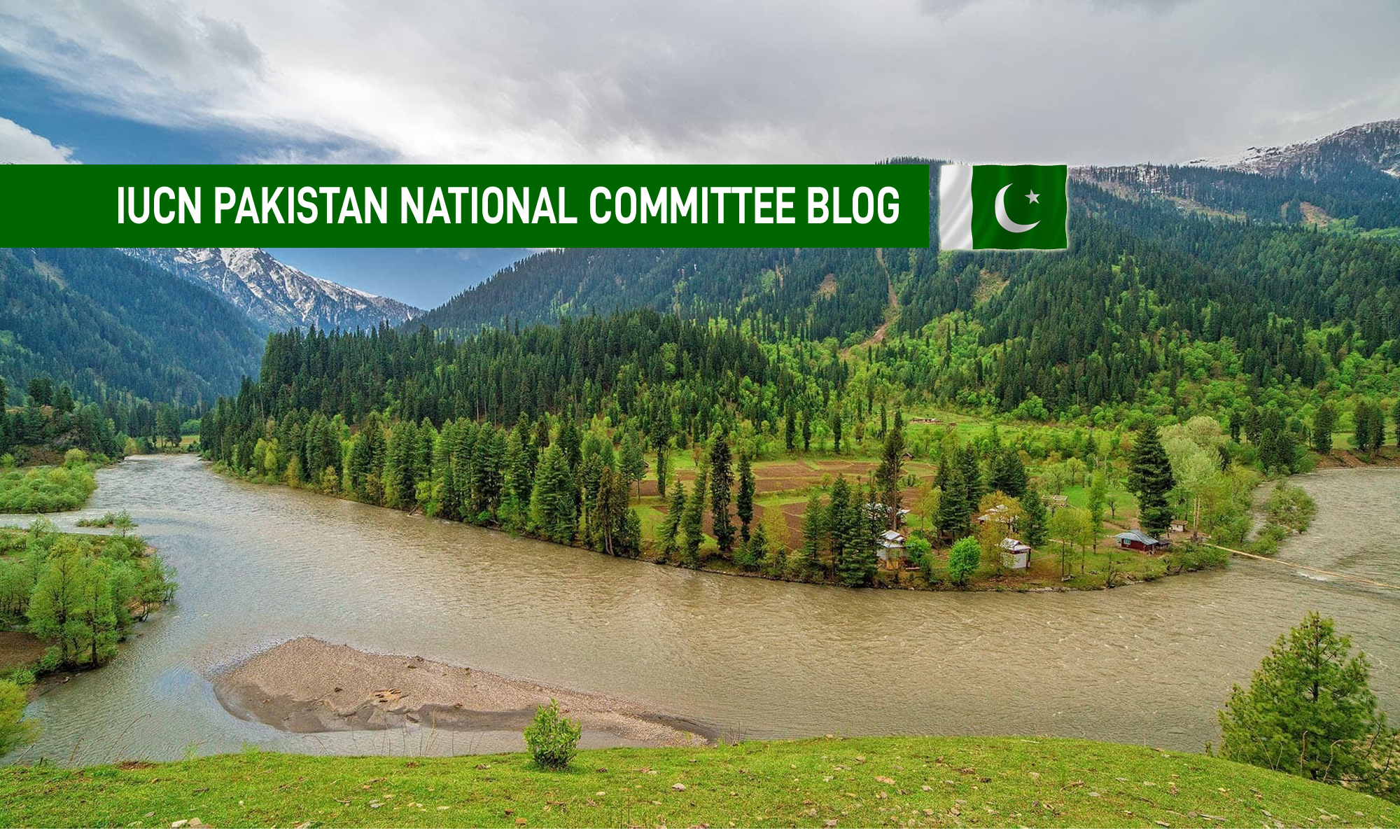THIS month’s prospective meeting of the Abu Dhabi Dialogue Group comprising seven states sharing the rivers rising in the Greater Himalayas would be a watershed event as the group is expected to adopt a joint initiative to minimise the impact of glacial melt.
The group comprises Pakistan, Afghanistan, Bangladesh, Bhutan, China, India and Nepal. All these countries share river basins originating from the water roof of the region — the Himalayas. Bangladesh, Bhutan, India, the Maldives, Nepal, Pakistan and Sri Lanka account for more than 21 per cent of the world’s population but own barely 8.3 per cent of the global water resources. This makes Chinese-controlled Tibet very important for South Asian countries. The water-rich southern Tibetan belt is the source of two major river systems, the Indus and the Brahmaputra, as well as of several other South Asian rivers. The 1,550km-long Sutlej which flows through India to ultimately drain into the Indus also originates in this belt, from the southern slopes of Mount Kailash. The flood plains of major rivers including the Brahmaputra, Ganges, Indus and Meghna owe their sustenance to the Himalayan ecosystem and support life for over 1.5 billion people. The Ganges river basin alone is home to about 600 million people.
As the glaciers recede, significant declines in flows will become inevitable. According to Intergovernmental Panel on Climate Change (IPCC) reports, by 2050 the annual run-off in the Brahmaputra is projected to decline by 14 per cent and the Indus by 27 per cent. The melting Himalayas pose a serious risk to the sustainability of water resources in the region.
South Asia with a large population base is susceptible to greater disasters in the wake of climate change. More than 750 million people in the region have been affected by at least one natural disaster in the last two decades. In May 2011, the secretary general of Saarc presented a draft agreement on the Rapid Response to Natural Disasters to an intergovernmental meeting of the organisation. He said that over the past 40 years, South Asia has faced as many as 1,333 disasters that have killed 980,000 people, affected 2.4 billion lives and damaged assets worth $105bn.
Very large populations in these countries owe their sustenance to water resources. Himalayan-fed rivers shape the economy and society. Hence glacial melt could have catastrophic socio-political implications for the region. Regional cooperation becomes even more desirable in the wake of hydro-meteorological disasters.
By 2050, South Asia’s population is likely to exceed 1.5bn to 2.2bn. With more than 600 million South Asians subsisting on less than $1.25 a day, a single catastrophic incident could push millions into further poverty and misery. A major threat comes from the fast-melting Himalayas that dominate the monsoon dynamics in the region. The system is the lynchpin of the river network in the region.
Relentless glacial melt would also cause an ominous rise in sea levels. South Asia has a long and densely populated coastline with low-lying islands that are dangerously exposed to sea-level rise. The region has a coastline of 12,000km and a large number of islands. Hence snowmelt in the Himalayas makes the region highly vulnerable to an array of natural disasters.
Low-lying islands in the Maldives, Sri Lanka and Bangladesh are particularly in danger from rising sea levels. Major coastal cities like Chennai, Karachi, Kolkata, Mumbai and Cochin are exposed to increased risks of climatic disasters e.g. sea intrusion.
The fertile and fragile river deltas of the Indus, Krishna, Cauvery and Narmada are also vulnerable to sea intrusion. In fact, the Indus delta has lost almost two million acres of land to the sea. This would complicate matters for countries like Bangladesh, India and Pakistan that are already prone to devastating natural disasters like cyclones.
These facts make it quite clear that without regional cooperation for the management of our shared river systems and a common strategy on combating disaster, the region will continue to see all forms of hydro-meteorological catastrophes.
Saarc, the regional forum for cooperation, has yet to play an effective role in this.
Conventional security and regional trade issues normally dominate the regional cooperation discourse and tend to obscure other matters of relevance such as those of shared waters and a common front against disaster. The implications of climate change and related disasters for countries already exposed to natural calamities are reason enough to cooperate as a region to benefit and secure the lives of millions of people.
Information sharing, capacity building and prudent policies on shared water bodies are key to regional cooperation and can contribute to long-term plans to tackle the ominous effects of climate change. While almost every country in the region has developed a policy framework and strategies to mitigate and manage disasters on its own territory, in the years ahead intensive trans-boundary cooperation will become inevitable.
An important dimension in regional cooperation has been to bring China on board, as is seen in the composition of the Abu Dhabi Dialogue Group. The challenges faced by South Asian countries pertaining to shared waters, climate change and disasters are inextricably linked with China, as major rivers of South Asian countries originate from the Tibetan plateau. It is therefore of utmost importance that, along with boosting joint efforts among its own members, Saarc should also engage meaningfully with China on regional cooperation on water resources, climate change and disasters.
The writer is chief executive of Strengthening Participatory Organisation.nmemon@spopk.org
http://www.dawn.com/2012/01/01/shared-waters-glacial-melt.html









